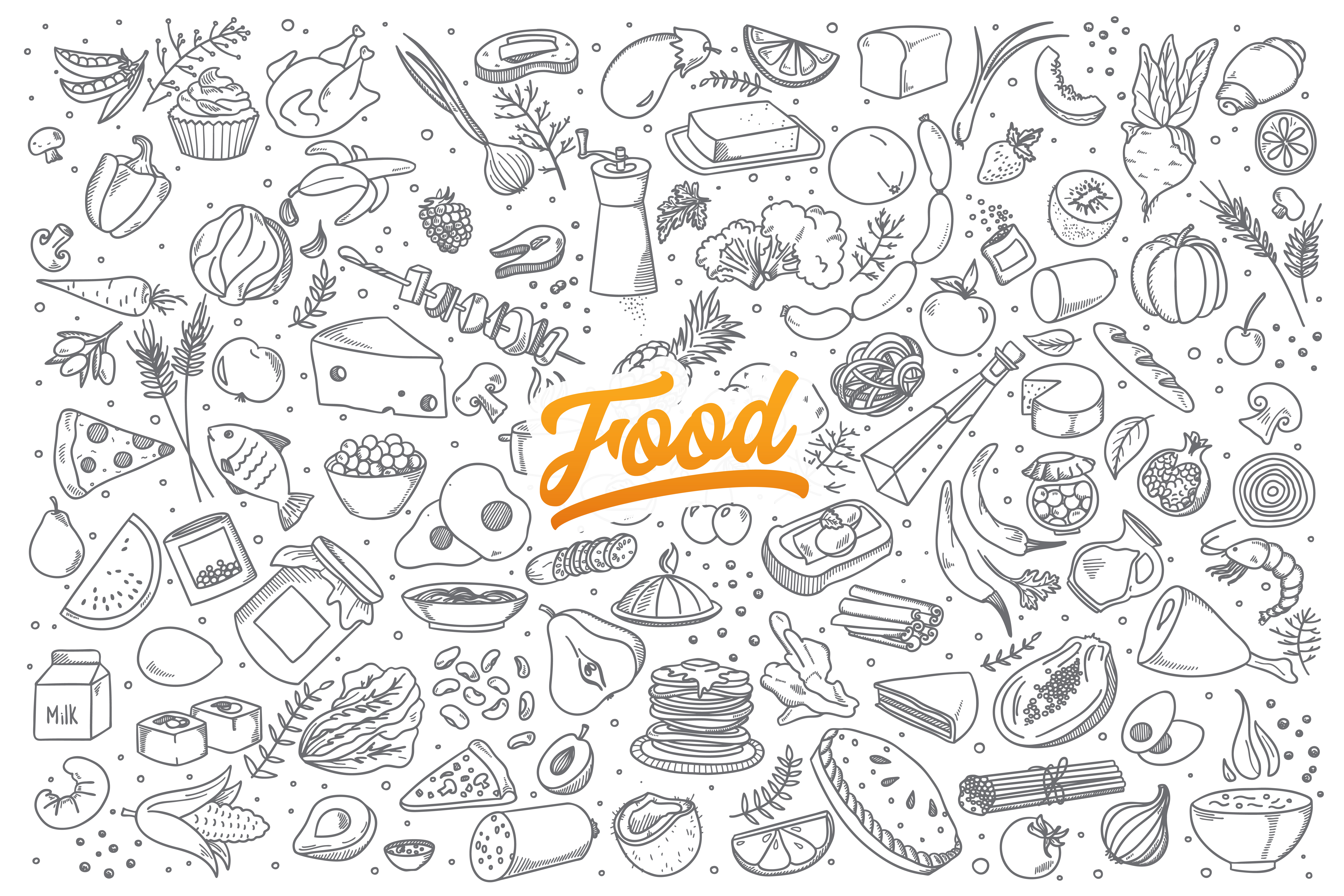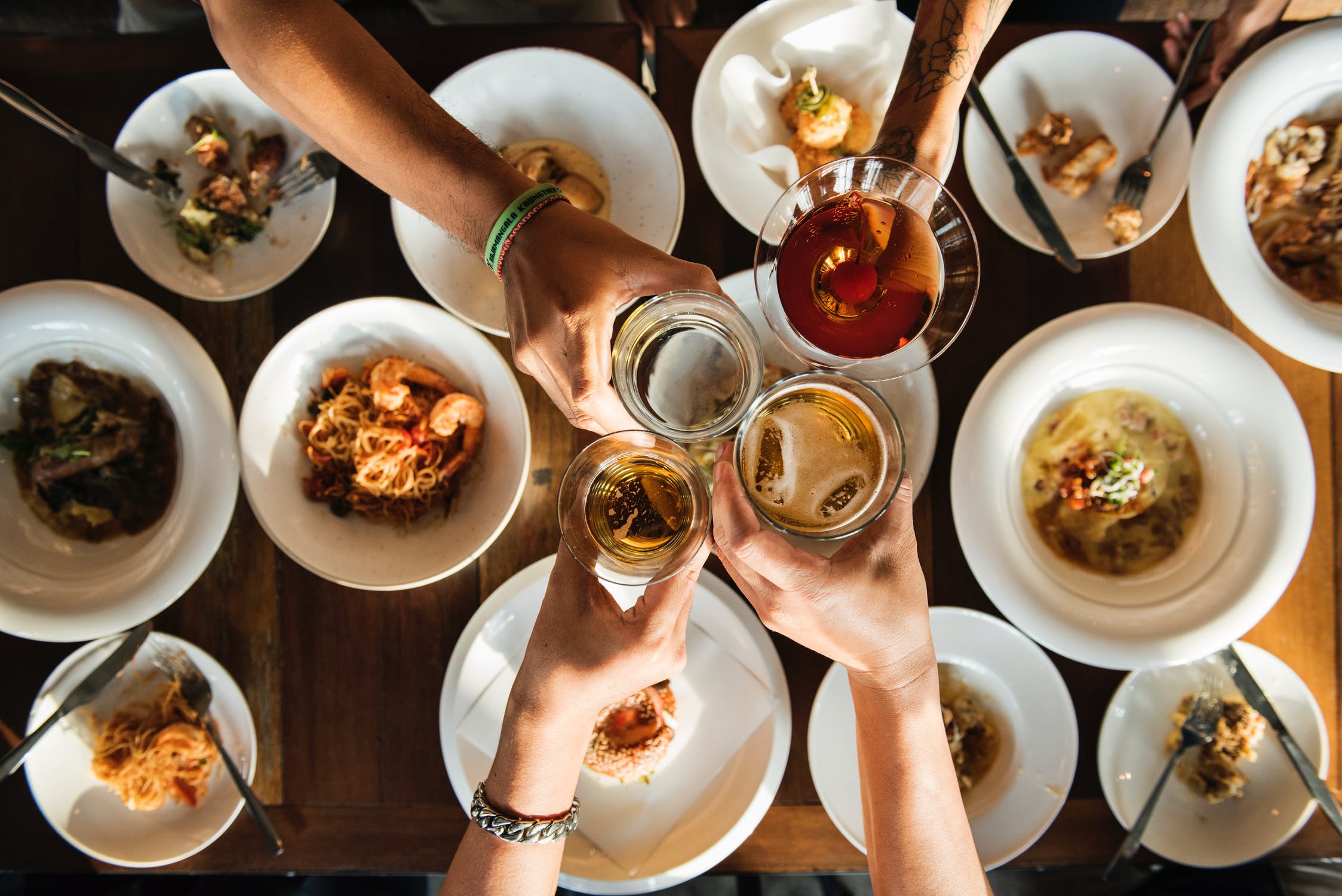Like James Bond’s iconic drink, we think it’s fair to say that current events have shaken (not stirred) how businesses in almost every sector operate - with the food and drink sector taking a significant hit.
While it’s true that this industry is rather familiar with the idea of evolution, the pandemic was a market trend no one could reasonably predict - meaning businesses who didn’t act fast with their innovations faced the terrifying prospect of being left behind.
Under normal, pre-coronavirus circumstances, research and development (R&D) in this industry was commonplace - from stirring up bold new gin flavours to creating gluten-free craft beers. Oh, how times have changed…
Now, businesses in this sector are now turning their creative flair to figuring out new ways of operating and producing their products - something they’ll have to continue to adapt and develop as the world enters the ‘new normal’.

Understandably, this new type of development doesn’t come cheap - and with reduced income coming in, it can be a big bill to foot. Luckily, for much of this type of innovation, there are R&D tax credits to be claimed. To understand this a little better, let’s look at some ways food and drink brands will have to change post-pandemic, and the types of projects that could qualify for receiving an R&D tax claim.
Skilling up on marketing
With fewer people actually looking at products in bars and restaurants, and far more people scrolling through social media on their phones, food and drink companies had to turn their talents to making sure their brand was heard if it couldn’t be seen.
Post-pandemic, this type of marketing is still likely to be necessary, and is particularly vital for small businesses and startups - with businesses having to invest time and money into marketing to ensure they’re not forgotten about.
Whether this takes the form of researching and developing new packaging or investing in social media campaigns, food and drink companies will have to perfect their brand voice and visuals to ensure they’re noticed.
Facilitating take-out
One of the first ports of call for many food and drink suppliers and outlets when lockdown hit was making their products available for customers to eat and drink in their own homes.
For some, this meant investing in packaging that would survive the trip - for example, many businesses started swapping their beautiful craft bottles for aluminium cans and plastic bottle equivalents. For others, this meant ensuring there was enough available manpower to deliver all of these delicious goods.
This type of activity took the form of waiters, stockists and family members alike cycling, running and driving around cities up and down the country delivering this unique form of precious cargo.
Post-pandemic, small businesses should still continue to invest in this type of packaging development - allowing their customers to enjoy their goods from the comfort of their own homes right through into the winter months.

Increasing outdoor seating capacity
For those working in the food and drink sector, it became pretty apparent early on that investing in outdoor seating would be the key to welcoming punters back when restrictions were lifted.
This has meant that many bars and breweries have begun refurbishing outdoor spaces behind closed doors to ensure their customers’ safety upon their return. For businesses where this isn’t possible, or for suppliers who want to take control, brands have started to consider new methods of getting their products out there in front of the public - such as by making their services and products portable in the form of catering vans and trucks.
Moving forward, it’s likely we’ll start to see an influx of new independent food and drink trucks in public spaces, ensuring the safety of customers while keeping businesses running.
Investing in hygiene
One of the biggest changes we can expect post-COVID-19 surrounds the ever-growing interest and investment in hygiene measures. Right from the production line to the shop shelves, drinks businesses will have to ensure every precaution is taken to ensure the cleanliness and safety of colleagues and customers alike.
During the pandemic, we saw gin distilleries take on the innovative task of using their machinery and ingredients to create hand sanitiser for the public. Post-coronavirus, hand sanitiser will be just as important and will have to be positioned in multiple places within a working area - whether businesses make it themselves or invest in it from elsewhere.
While the pandemic has felt like a rusty fairground ride we want to get off, for many within the food and drink industry, it’s been a time for reflection, research and innovation. While the ride appears to be slowing down, we’re still firmly strapped in - giving us more time and perspective when it comes to our latest and continued adaptations to our businesses.
To find out if you’re eligible to claim any tax credits back on your latest creative achievements, get in touch with Lumo today. In just a short call, we’ll let you know if you could be eligible to claim R&D tax relief and help to future-proof your business with the promise of financial relief.